As data growth in enterprises continues to skyrocket, striking balance between cost and scalability becomes a challenge. Businesses face key decision on how to deploy their cloud service, whether on premises, in hybrid cloud or in multicloud deployments. So, what are enterprise IT organizations supposed to do, given that 'run anything anywhere' is becoming more important than ever?
Find out on June 11, 2020, when the SNIA Cloud Storage Technologies Initiative will host a live webcast, “Storage Scalability in Hybrid Cloud and Multicloud Environments.” This webcast will help architects and consumers of hybrid cloud and multicloud storage solutions better understand:
- Trends and benefits of hybrid
cloud storage and multicloud deployments
- The range of technologies and capabilities which will help enterprise, hyperscalers and cloud service providers (CSPs) serve their customers
- How scalability differs in block vs. file workloads
- What are key factors to keep in mind when considering a 'run anything anywhere' objective?
We hope to see you on June 11th. Our expert presenters will all be on-hand to answer your questions. Register today








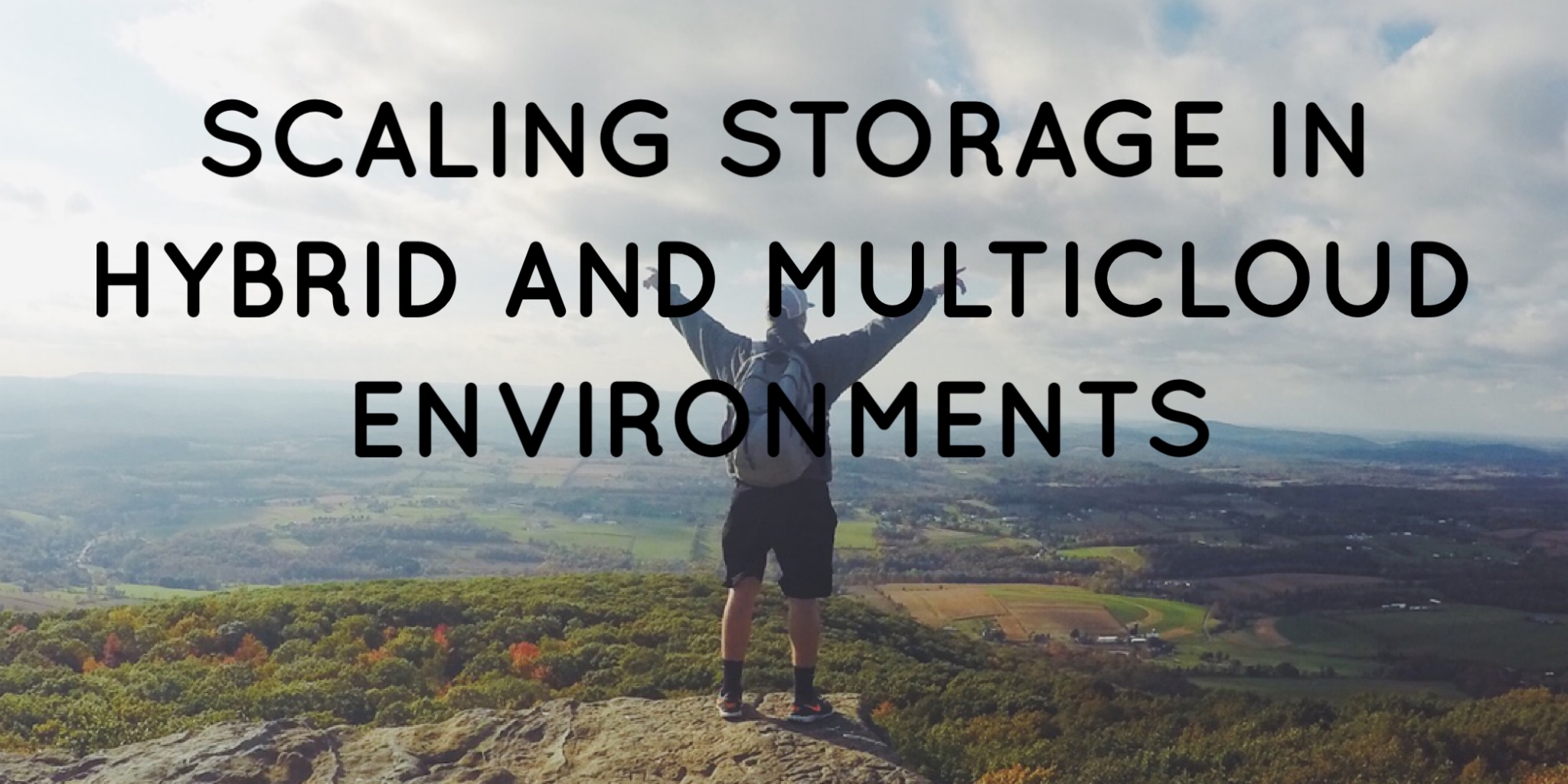
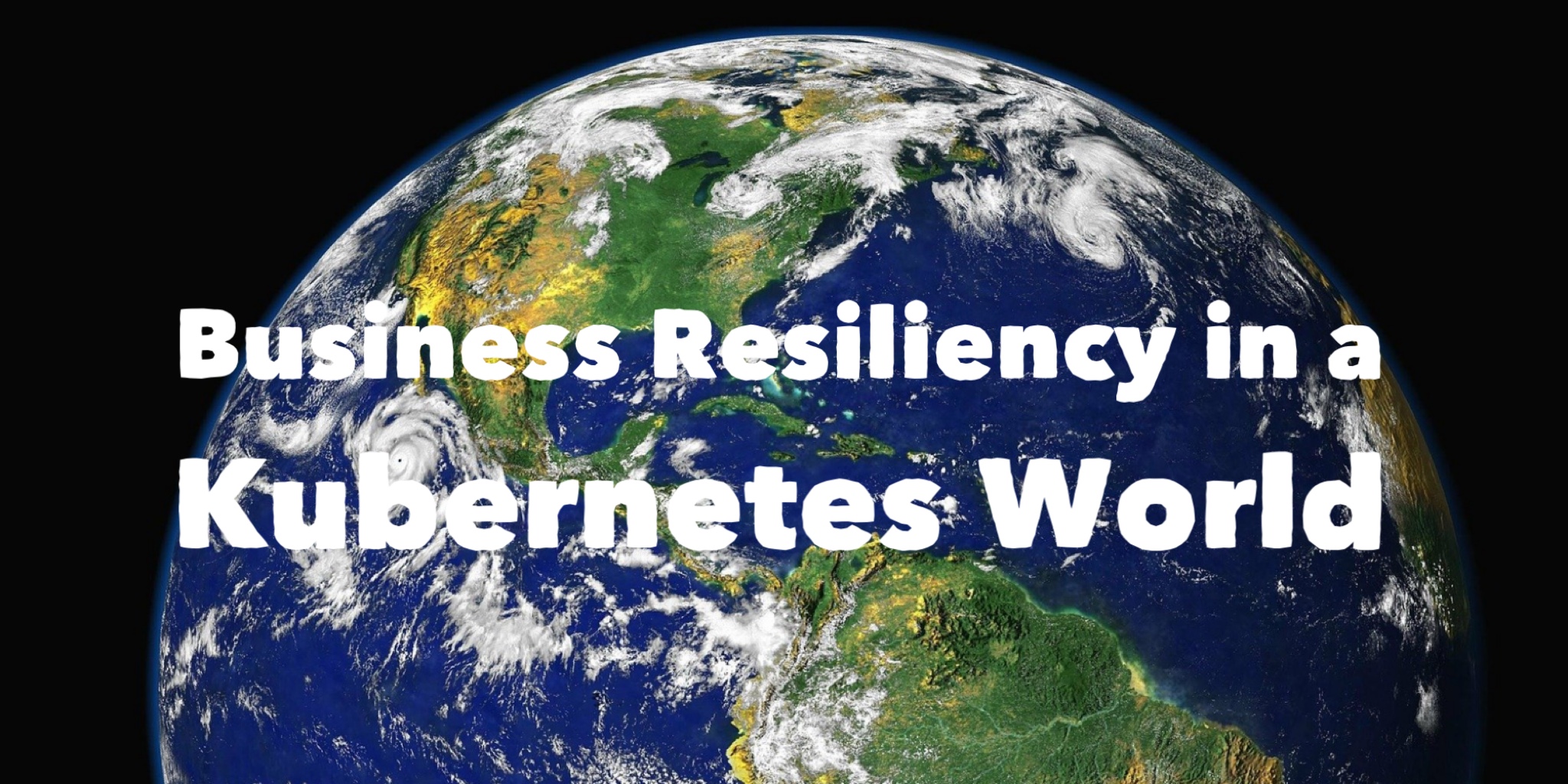

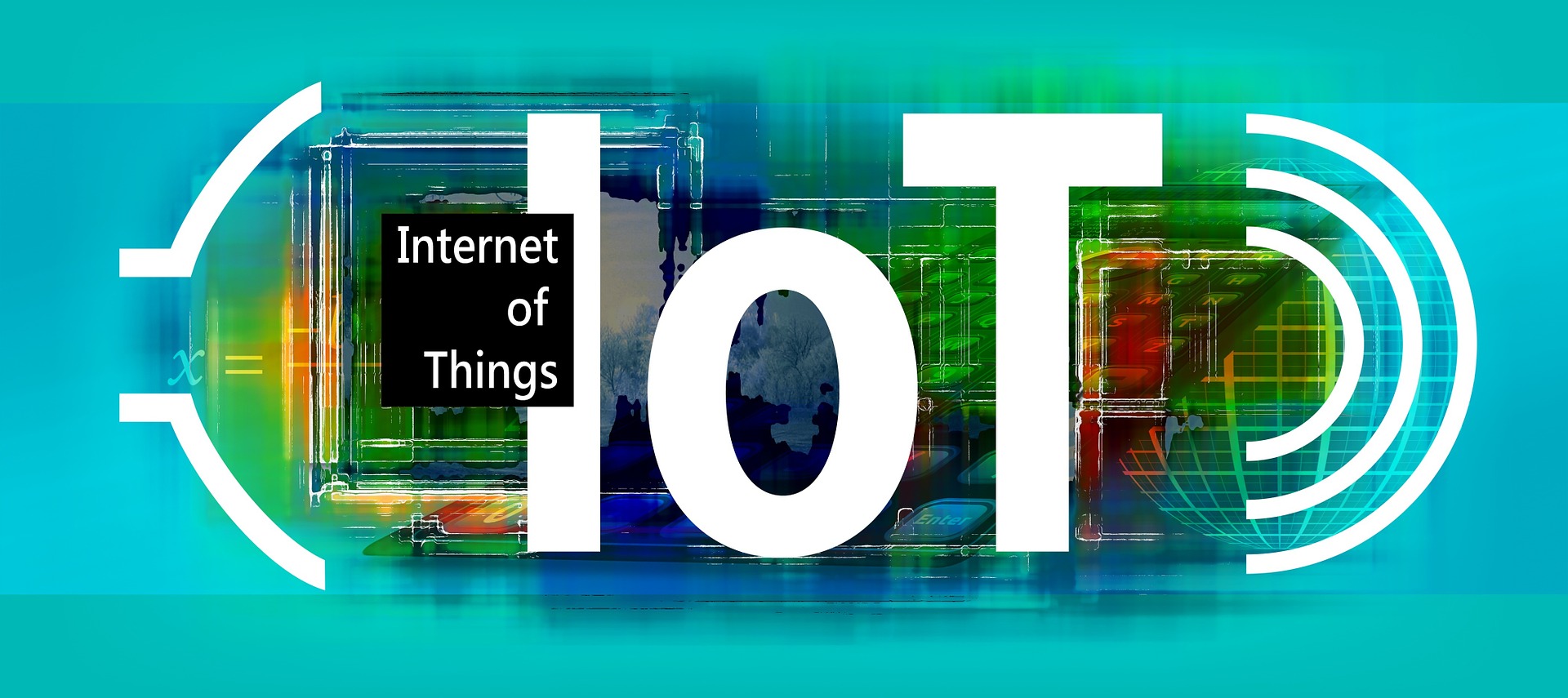
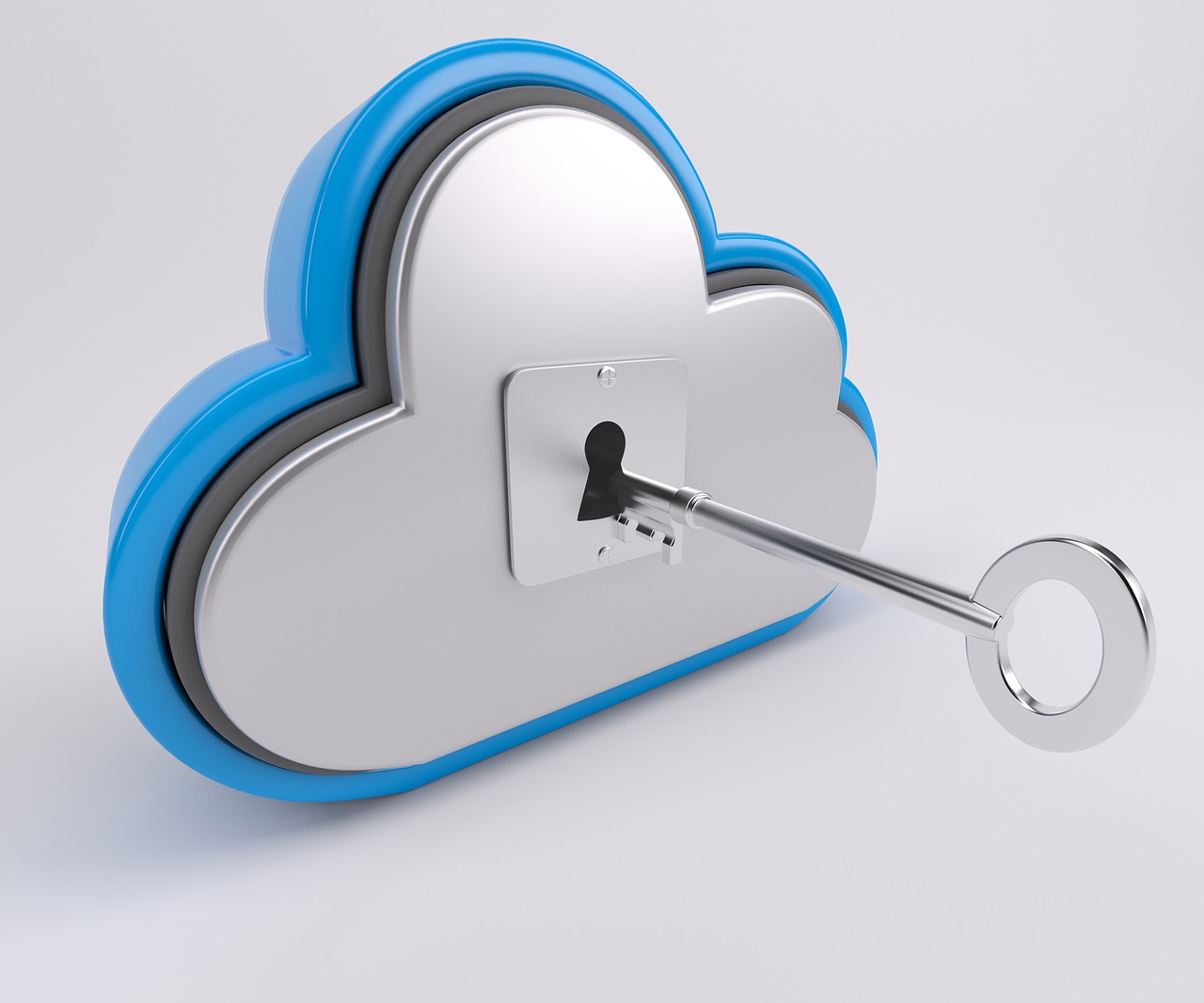


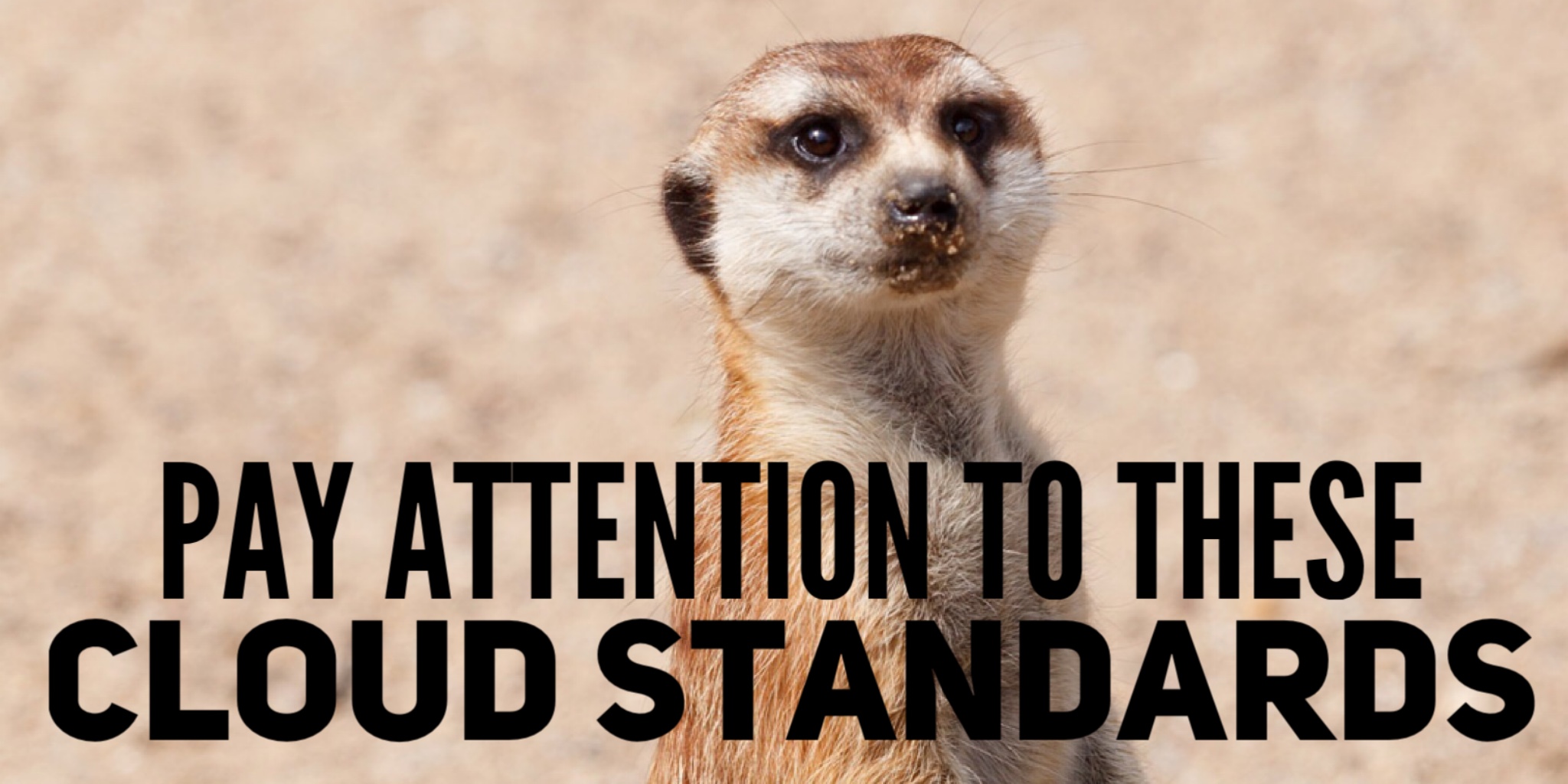
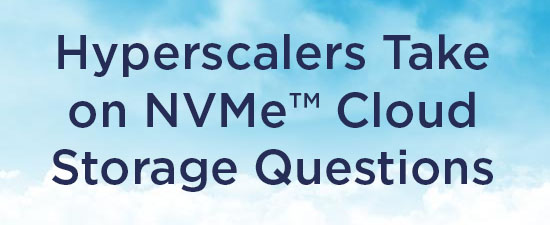
Leave a Reply